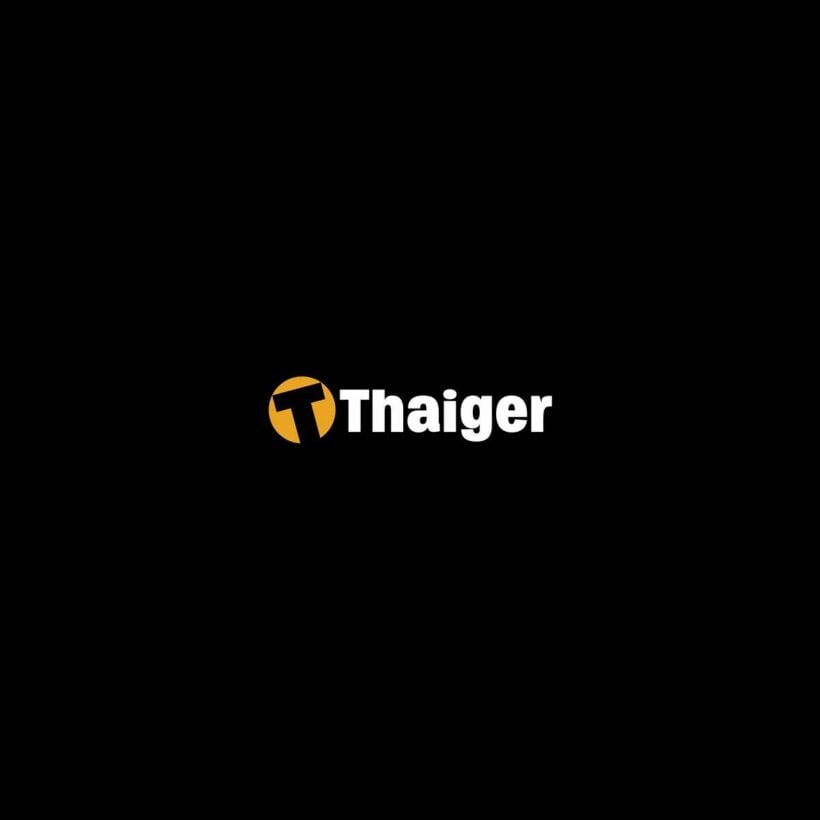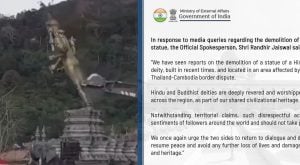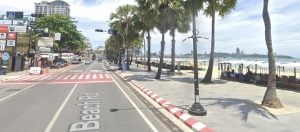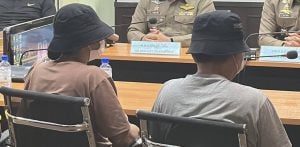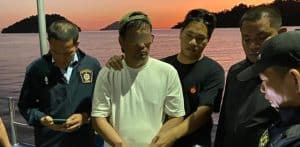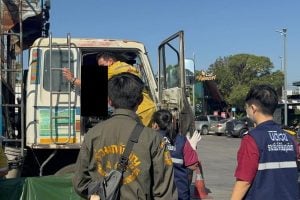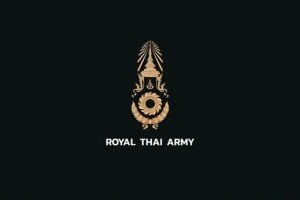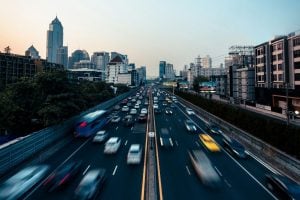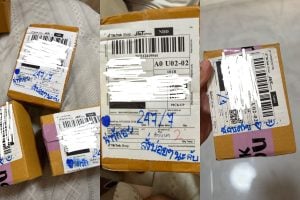15 Asia-Pacific countries form the world’s largest trade bloc, the great RCEP reset
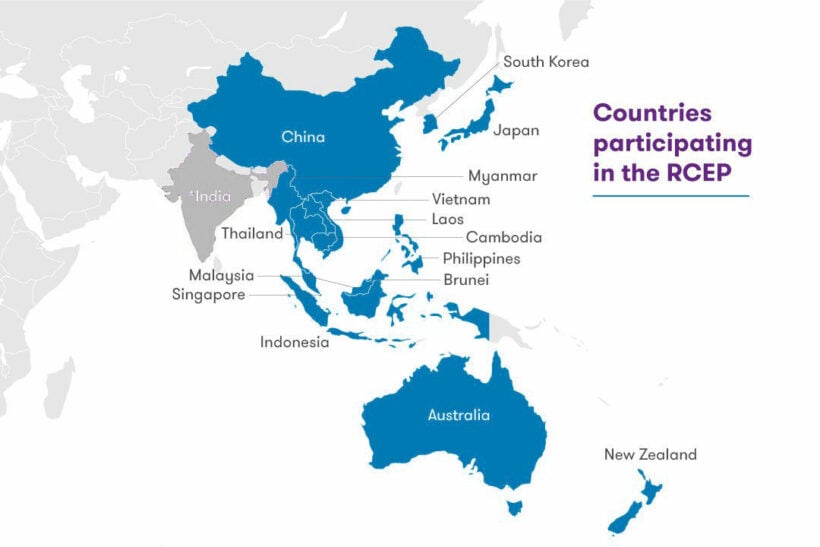
After 8 gruelling years of negotiation, 15 countries have signed onto the largest free trade bloc in history. In a joint statement, the leaders of the countries, signatories of the trade deal, say RCEP (Regional Comprehensive Economic Partnership) will form a crucial part of economic recovery once the pandemic is over.
The deal excludes the US, which withdrew from a rival Asia-Pacific trade pact 3 years ago. President Donald Trump pulled his country out of the Trans-Pacific Partnership in 2017. That deal would have involve 12 countries and was supported by Mr Trump’s predecessor Barack Obama as a way to counter China’s surging power in the region.
Now, the leaders of China, Australia, Japan, New Zealand, South Korea and the 10 ASEAN nations, have signed the free trade agreement which covers 2.2 billion people and 30% of the world’s economic output. The new free trade bloc will be bigger than both the US-Mexico-Canada Agreement and the European Union.
The deal sets the terms of trade in goods and services, cross-border investment and new rules for increasingly important areas such as electronic commerce, telecommunications and intellectual property.
The leaders’ statement said the landmark trade pact “demonstrates our strong commitment to supporting economic recovery, inclusive development, job creation and strengthening regional supply chains as well as our support for an open, inclusive, rules-based trade and investment arrangement”.
The combined GDP of the signatories was about 30% of global GDP, covering nearly 28% of global trade.
India pulled out of negotiations last year because of concerns it would not be able to protect its domestic industry as well as its agricultural sector. India’s exclusion from the bloc reduces its size by some 1.4 billion people. But the statement from the signatories says the door is still open for India to join in and it would be “welcome”.
The deal is being seen as a significant step towards removing Asia Pacific trade barriers, and brings China under the fold of a larger regional bloc as its massive economy looks elsewhere for trading partners after the bruising US-China trade war.
Li Keqiang, the Chinese premier, says the deal is “a victory of multilateralism and free trade”. Australia’s PM, Scott Morrison, says the deal will “open up new doors for Australian farmers, businesses and investors”.
The trend for a more integrated trade flow around the region has suddenly accelerated amid the feuding between the US and China. The 2 economic superpowers had imposed billions of dollars of punitive trade tariffs on each other’s exports.
Analysts hail the RCEP agreement, saying that it’s flexible enough to stretch to fit the “disparate needs of member countries as diverse as Australia, Myanmar, Singapore and Vietnam”. But the agreement doesn’t establish unified standards on labour and the environment or force countries to open services and other vulnerable areas of their economies.
Donald Trump pulled the plug on negotiations when he pulled out of the Trans-Pacific Partnership, a deal previously which was seen as a way of curbing China’s economic influence. He later initiated the heated US-China trade war in 019 maintaining he wanted to reduce the amount of imports from China, saying the goods could be built back in the US.
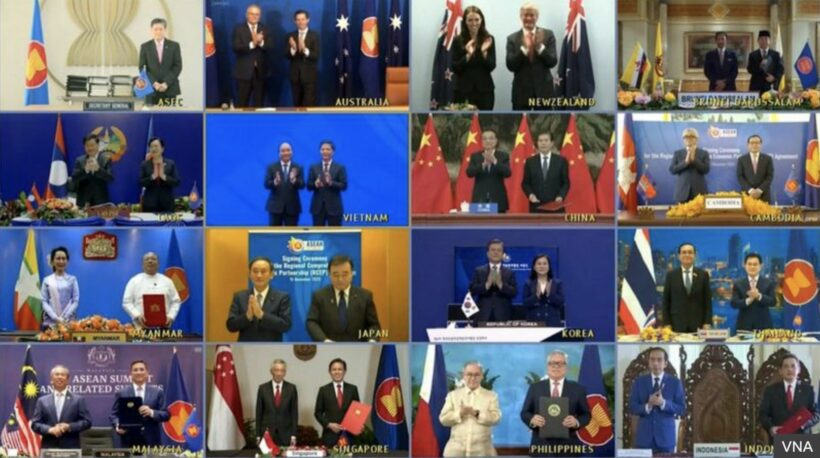
Latest Thailand News
Follow The Thaiger on Google News:

